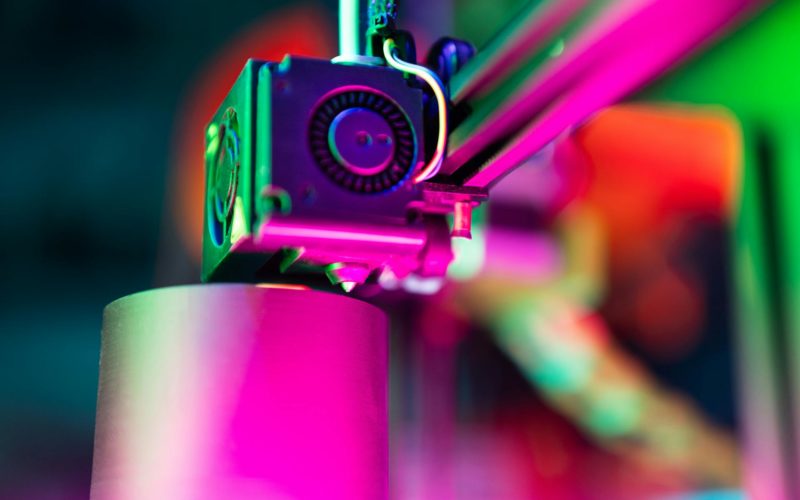From manual timesheets to AI-driven insights, time tracking is poised for a 2025 revolution powered by artificial intelligence (AI), machine learning (ML), and real-time analytics. These advancements promise greater accuracy, efficiency, and employee well-being, but they also raise critical questions about privacy, security, and workplace trust.
Here’s what businesses and professionals need to know about the future of time tracking.
1. Key Advancements in Time Tracking (2025 Trends)
AI & Machine Learning Integration
- Automated Time Logging: AI-powered tools like Timely and Toggl Track auto-detect activities—logging time spent in meetings, emails, or coding—eliminating manual entries and reducing errors. For example, Timely’s Memory Tracker passively records tasks, saving users an estimated 2 hours weekly.
- Tools like Reclaim.ai and Motion are pioneering intelligent task prioritization, with others expected to catch up by 2025.
- Predictive Time Allocation: ML algorithms, as seen in ClickUp, forecast task durations based on historical data, improving deadline accuracy by up to 15%.
Real-Time Tracking & Analytics
- Instant Productivity Feedback: Dashboards in tools like Clockify offer real-time insights into how your time is spent across tasks (e.g., 2 hours on emails today), helping users identify bottlenecks and adjust workflows dynamically.
- Seamless Tool Integrations: Leading time trackers sync effortlessly with platforms like Asana, Jira, Salesforce, and QuickBooks, significantly reducing manual admin work and streamlining operations.
Employee Well-Being & Smart Scheduling
- Burnout Prevention: Opt-in AI features in Timely detect overwork signs (e.g., excessive late-night logins) and suggest breaks, addressing burnout, which costs businesses $300B annually.
- Personalized Work Optimization: Tools analyze productivity rhythms to recommend optimal work hours, like “You’re most efficient from 9–11 AM,” enhancing output without compromising well-being.
2. Top Time Tracking Tools to Watch in 2025
Here are the leading categories and use cases to watch:
| Tool Type | Key Features | Example Use Case |
|---|---|---|
| AI-Powered Trackers | Auto-logging, predictive analytics | Lawyers tracking billable hours |
| All-in-One PM Suites | Time + task + budget integration | Remote teams using ClickUp, Monday.com or Notion |
| Wearables & IoT | Real-time tracking via smart devices | Factory workers in high-compliance settings |
| Wellness-Focused Apps | Break reminders, stress-level monitoring | Freelancers avoiding burnout |

3. Benefits of AI-Driven Time Tracking
Hyper-Accurate Billing
No more timesheet fraud or guesswork — vital for consultants and legal professionals.
Smarter Resource Allocation
AI identifies underused talent or flags over allocation risks in project teams.
Personalized Productivity
Tailors recommendations based on work styles — supporting both night owls and early birds.
4. Challenges & Ethical Considerations
Privacy Concerns
Employees may resist always-on monitoring. Use opt-in models and anonymous data analysis.
Data Security Risks
Real-time tracking demands strong compliance with GDPR/CCPA and secure end-to-end encryption.
Employee Trust
Transparency is essential. For example, HubSpot’s “self-track only” approach builds user confidence and promotes adoption.
5. The Bottom Line: Balancing Efficiency & Humanity
Time tracking is no longer about just measuring hours, but also optimizing them. Businesses embracing AI-enhanced tracking with employee consent and clarity will benefit from:
- 20–30% fewer missed deadlines
- Higher job satisfaction due to personalized scheduling
- Competitive edge through data-driven decision-making
Key Takeaways for Businesses
- Pilot AI tools with small teams before scaling.
- Highlight benefits like less admin work in employee training.
- Prioritize privacy: avoid invasive surveillance practices.
Time Tracking Tools Comparison (2025)
| Tool | Best For | Key Features | Pricing (Approx.) | Limitations |
|---|---|---|---|---|
| Toggl Track | Freelancers | Simple UI, idle detection, 100+ integrations, basic reporting | Free (limited); $10+/mo | No built-in invoicing |
| Harvest | Freelancers/SMBs | Time + expense tracking, invoicing, profitability reports | $12/user/mo | Limited project management |
| Clockify | Startups (budget) | Unlimited users (free plan), dashboards, lightweight PM features | Free; $5+/user/mo | Less AI automation |
| TimeCamp | Startups/SMBs | Automated time mapping, attendance tracking, budget alerts | Free; $7/user/mo | Steeper learning curve |
| Hubstaff | Remote SMBs | Screenshots, activity tracking, GPS, payroll integration | $7/user/mo | Potential privacy concerns |
| Timely | Enterprises | AI auto-tracking, memory tracking, deep analytics, privacy-focused | $20+/user/mo | Expensive for small teams |
| ClickUp | SMBs/Teams | All-in-one PM + time tracking, OKRs, custom dashboards | $7+/user/mo | Can be overwhelming for simple needs |
| Replicon | Enterprises | AI-driven compliance, global labor law support, ERP integrations | Custom pricing | Complex onboarding/setup |
Best Picks by Use Case
- Freelancers: Toggl Track (simplicity) or Harvest (invoicing)
- Startups/SMBs: Clockify (free tier) or TimeCamp (automation)
- Enterprises: Timely (AI + privacy) or Replicon (compliance)












